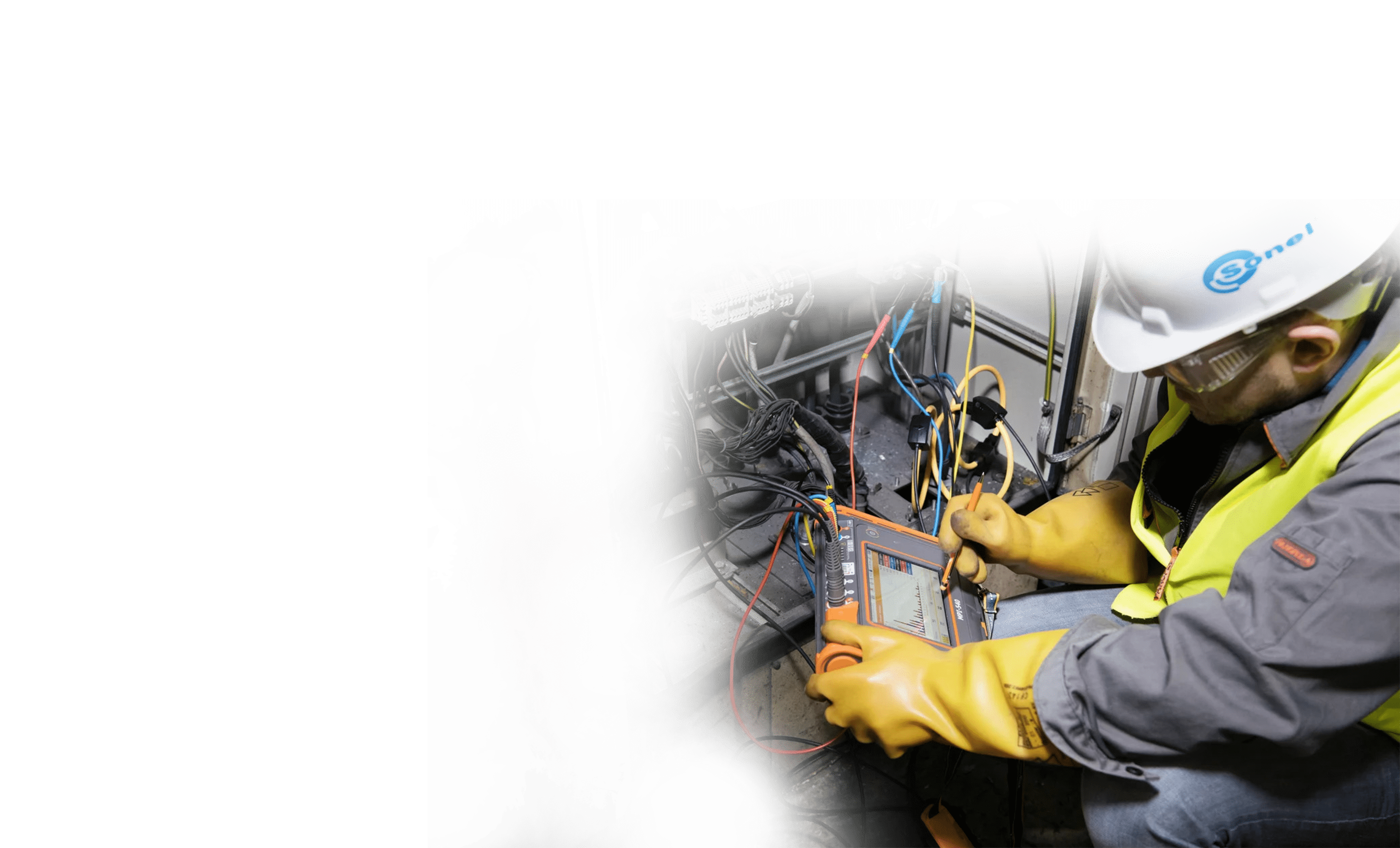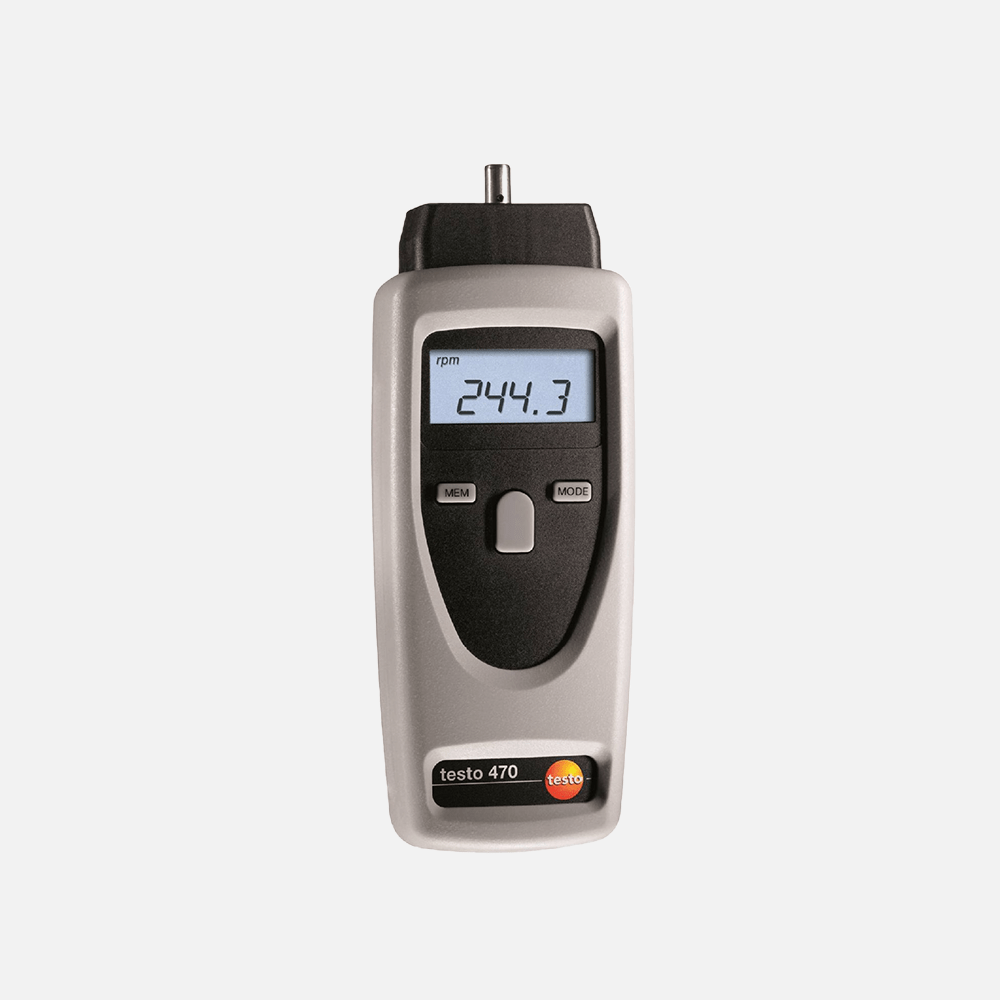Non- contact tachometer, RPM, RPM Measurement, Tachometer, TESTO
Testo 470 – Digital Tachometer.
Availability:
10 in stock
- Simple one-hand operation
- Measurement of rpm, speeds and lengths
- Storage of mean, max. and min. values as well as the last reading
- Includes accessories such as reflective markers, protective case and transport case
21,999.00 ₹ 32,199.00 ₹
10 in stock
Compare














